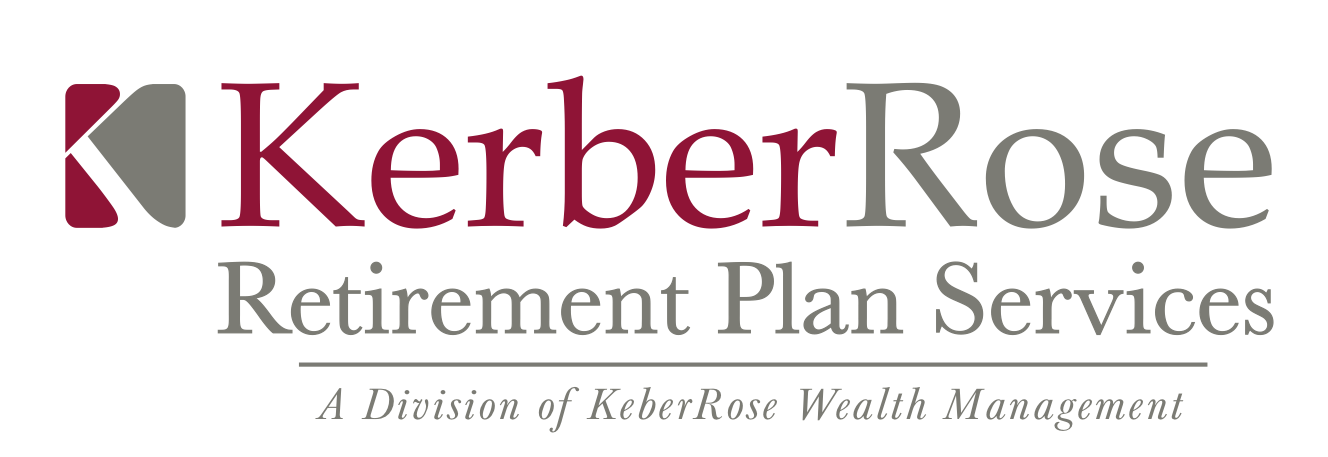The Magic Number Gap: Bridging the Divide Between Retirement Expectations and Reality
A concerning trend has surfaced in the retirement planning space: The “magic number” — or the amount of money Americans believe they need to retire comfortably — has reached an all-time high, even as actual retirement savings have declined. This growing disparity or “magic number gap” highlights a significant and escalating challenge for both retirement plan participants and sponsors.
Northwestern Mutual’s 2024 Planning & Progress Study reveals that U.S. adults now believe they will need $1.46 million to retire comfortably, marking a 15% increase from the previous year’s target of $1.27 million and a jump that far exceeds the current rate of inflation. Over the past five years, this magic number has ballooned by an astonishing 53% from the $951,000 target reported in 2020. Meanwhile, many Americans’ actual retirement savings have failed to keep pace, widening the gap between retirement aspirations and financial realities.
Reasons Behind the Growing Disparity
Numerous factors may be contributing to this increasing discrepancy, including:
Persistent inflation. People may have increased their retirement targets in response to lingering inflationary pressures and fears that their savings will lose purchasing power over time.
Longevity and health care costs. With escalating healthcare expenses, individuals may anticipate needing more substantial savings to cover prolonged retirement periods and potential medical expenses.
Increased personal debt. Rising levels of personal debt — including student loans, mortgages, and high-interest credit card debt — can limit the ability to save for retirement.
Social Security uncertainty. Concerns about the long-term viability of Social Security benefits may cause people to feel they need to save more independently to ensure financial security during retirement.
Actions for Plan Sponsors
Plan sponsors play a crucial role in assisting employees while navigating these challenges and bridging the magic number gap. Here are some actionable strategies:
Improved financial literacy. Offer comprehensive financial wellness programs to educate employees on realistic retirement planning, long-term investment strategies, and the importance of consistent retirement plan contributions.
Boosting contribution rates. Implement and promote catch-up contributions for employees aged 50 and older, and consider increasing matching contributions and vesting schedules to incentivize higher savings rates.
Auto-enrollment and escalation. Introduce automatic enrollment in retirement plans for new employees and automatic escalation features that gradually increase contribution rates over time, helping employees build their savings more effectively.
Tailored retirement planning support. Provide personalized, one-on-one retirement planning sessions with financial advisors to help employees establish realistic retirement savings goals, and adjust their strategies based on their circumstances.
Health Savings Accounts (HSAs). Consider incorporating HSAs into the retirement benefits package. HSAs offer a tax-advantaged method for saving towards healthcare expenses, which can be a significant portion of projected retirement costs.
Emergency savings assistance. Offer pension-linked emergency savings accounts (PLESAs) to assist employees in managing unexpected expenses without dipping into their retirement savings or accumulating additional credit card debt.
Communication Gap?
A person’s magic number may or may not align accurately with their eventual retirement needs. The rapid escalation of the magic number in recent years may be a reflection of growing economic anxiety rather than financial reality. While using tactics to boost retirement savings will benefit many participants, it may be equally important to provide increased communication, clarity, and confidence around achievable, data-driven retirement planning goals to help reduce financial stress and enhance financial wellness.
Sources:
Shapiro, R., & Stutgen, L. (n.d.). The Peak Boomers Impact Study. Retrieved July 24, 2024, from https://www.protectedincome.org/wp-content/uploads/2024/04/Peak-Boomers-Econ-Impact-Study-EXEC-SUMM-ALI-RII-Shapiro-Stuttgen-EMBARGOED-Apr-18-2024-041624.pdf
U.S. Department of Health & Human Services (2020, February 18). How Much Care Will You Need? Administration for Community Living. Retrieved July 24, 2024, from https://acl.gov/ltc/basic-needs/how-much-care-will-you-need
Wagner, S. (2024, April 18). TWO-THIRDS OF PEAK BABY BOOMERS ARE NOT FINANCIALLY PREPARED FOR RETIREMENT. PR Newswire. Retrieved July 24, 2024, from https://www.prnewswire.com/news-releases/two-thirds-of-peak-baby-boomers-are-not-financially-prepared-for-retirement-302120313.html

